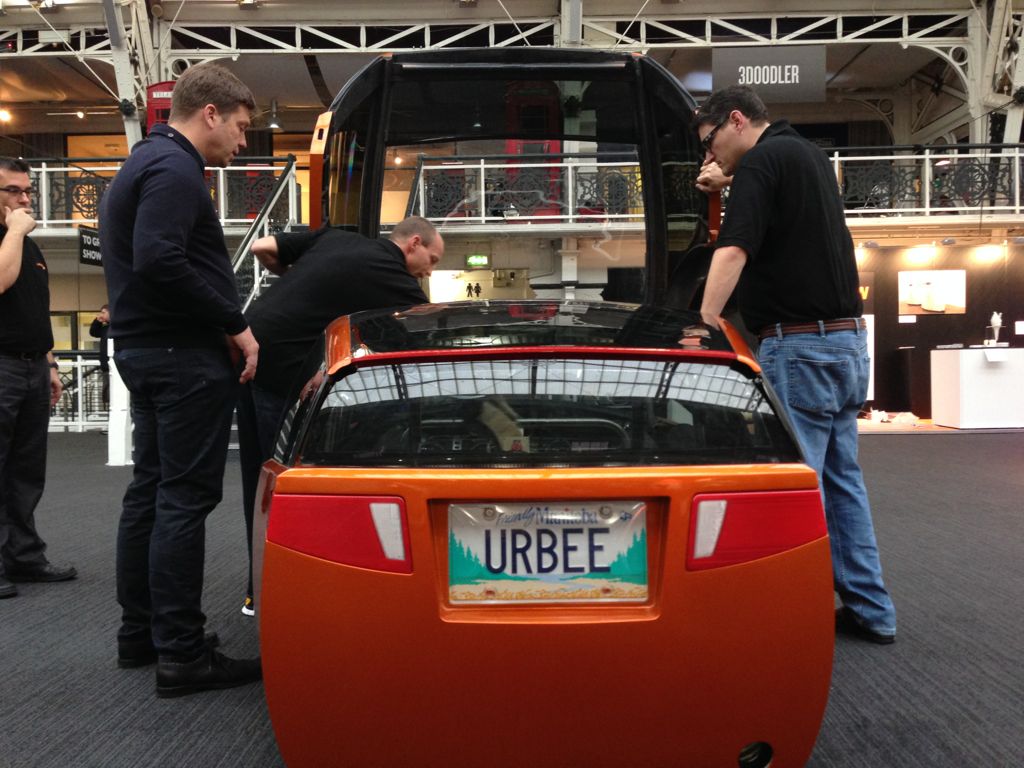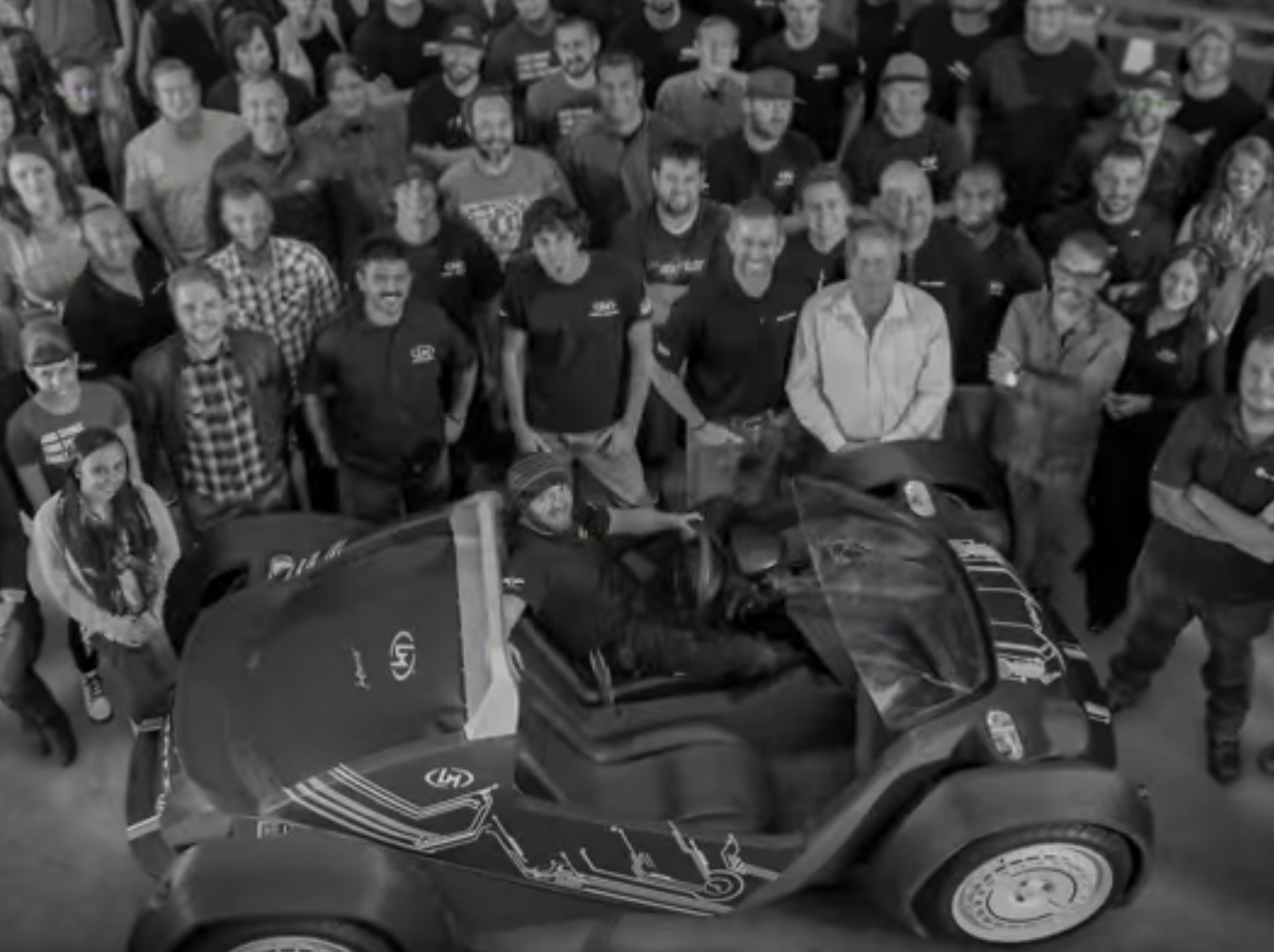
I’ve heard a few stories about folks developing 3D printed cars, and I must say I’m a bit skeptical.
The world’s first “3D printed car” was the Urbee, made in 2011 by some folks developing what they believed to be a very energy efficient vehicle.
While the energy efficient part was likely true (the Urbee included only three wheels and a low-power engine), the economics of the project kinda doomed it from the start.
What economics? Let’s look at what they did: they 3D printed only the car body, which was mounted on a conventional auto frame. Most other components were traditionally made and often re-used from other existing vehicles.
So, while it was billed as the world’s first 3D printed car, it was really the world’s first 3D printed car BODY.
And there was a problem: the body panels were printed by Stratasys, who apparently sponsored their production at their service division. Now, I don’t know if you’ve ever used Stratasys equipment, but while it does produce incredibly good prints, they are quite expensive for the weight of plastic consumed. In the case of Urbee, the project didn’t pay for the 3D printed body panels. If they had to do so, it would have immediately been infeasible to proceed, as the price of the panels would be fantastically more than the rest of the vehicle!
Today, the Urbee project is stalled and has been for at least two years, probably because they cannot raise money to proceed. This isn’t surprising as the economics of the vehicle just don’t make sense.
Another well-known project hopes to do something similar. Local Motors is a project that hopes to bring together different skills to reshape how automobiles are made. And that involves 3D printing.

Their LM3D is a “3D-printed car”, which, as far as I can tell, has 3D printed body panels, like the Urbee. But there’s more that’s 3D printed, as they explain “Roughly 75% of the LM3D is printed”. They have a target of 90% and use a blend of ABS and carbon fiber as their printing material.
They’re working towards a crowdfunding launch very soon, in which we’ll find out how much one of these vehicles actually costs. I’m skeptical because of the possible pricing levels.
In the case of the Urbee, the retail price of the vehicle, had they produced it, would have been unreasonable due to the cost of the 3D printed components.
Is this the case with the LM3D, too? It seems they’re using less expensive 3D printing technology, but 3D printing is fundamentally more expensive than conventional manufacturing.
It seems to me that the only way the LM3D can be economical is if its 3D design takes massive advantage of 3D printing capabilities, as was done in the Urbee, which included pre-designed conduits embedded in the body panels. This simplified the assembly significantly and reduced the number of parts. That’s taking advantage of 3D printing! This approach has worked well in aerospace, where strength and weight are premium factors in design, but their expensive 3D printed solution is subsidized by the expected high cost of aerospace parts anyway. That’s not the case in the auto industry.
However, even focusing on design advantages didn’t make Urbee survive. Can the LM3D be different? We’ll soon find out.
Via Local Motors and KOR Ecologic

